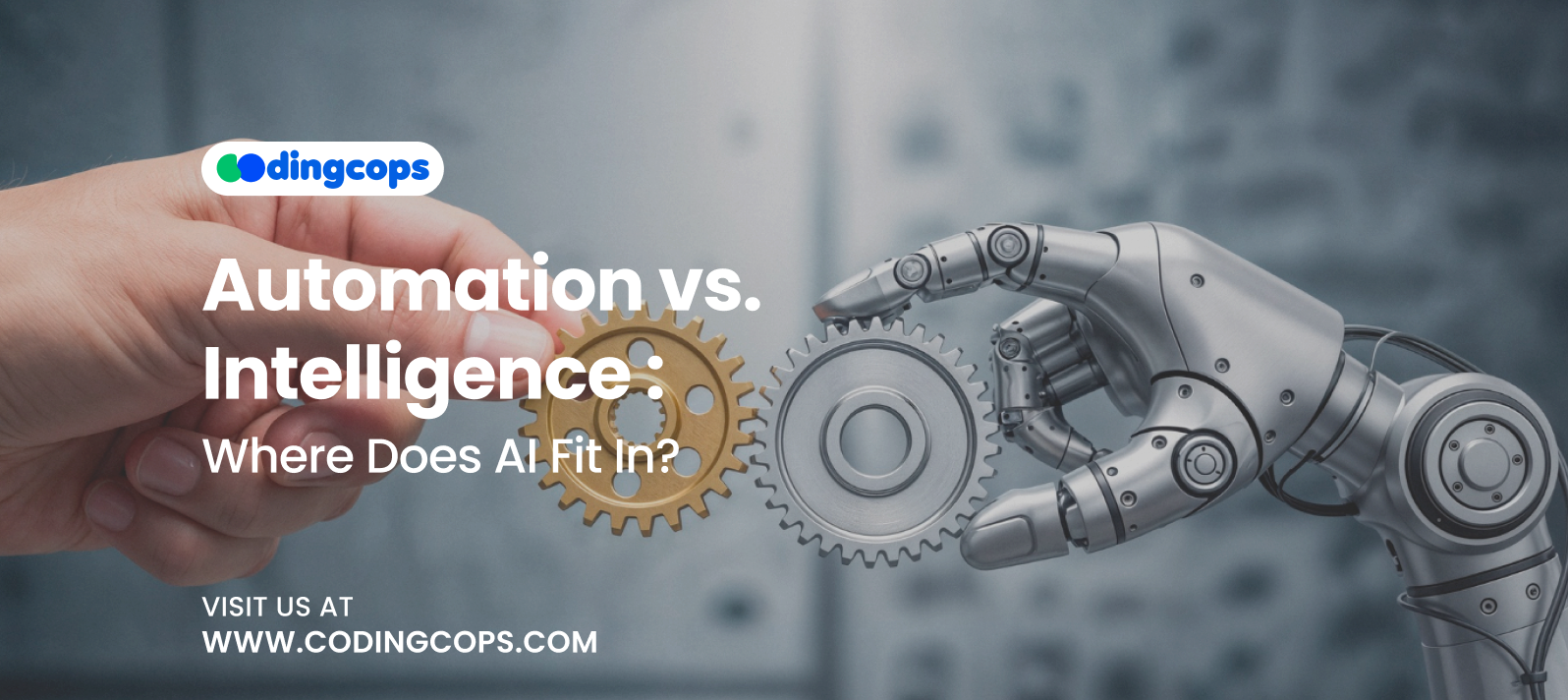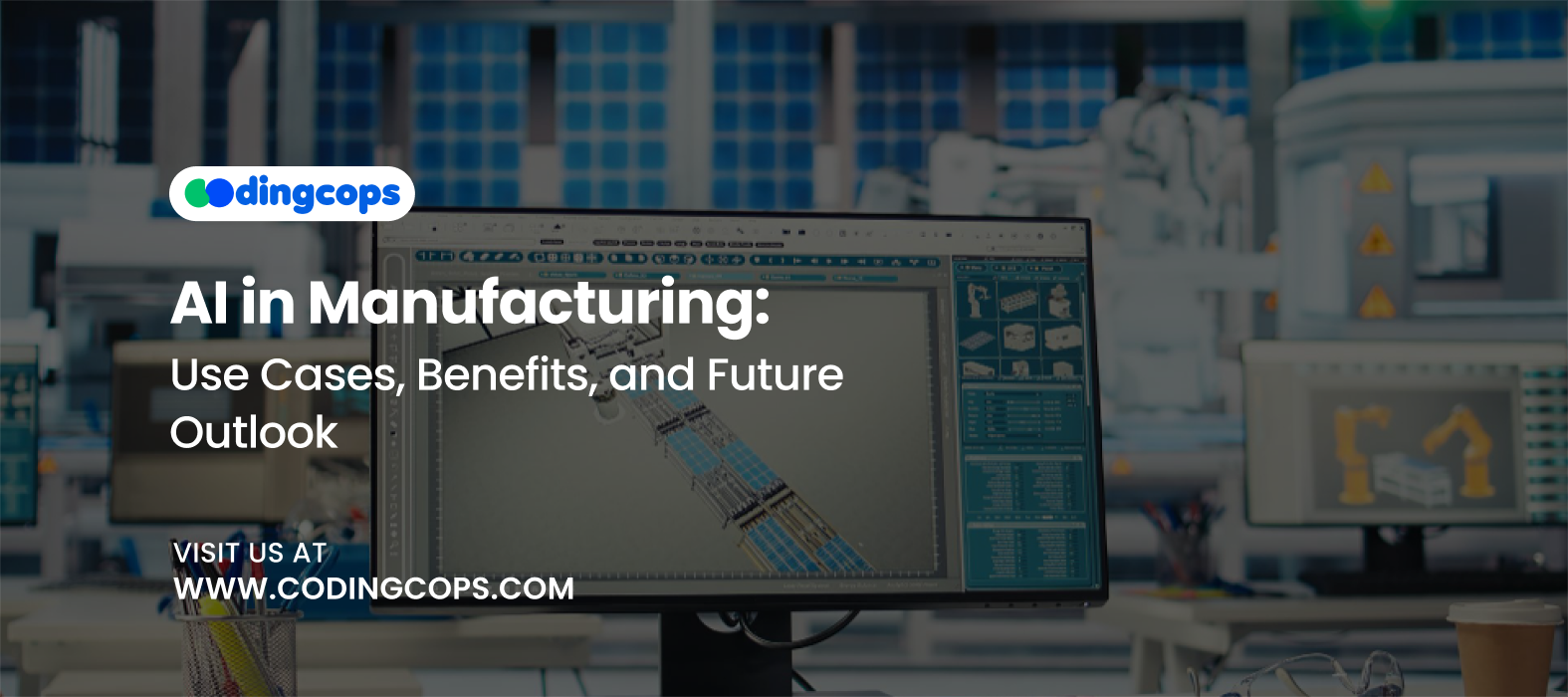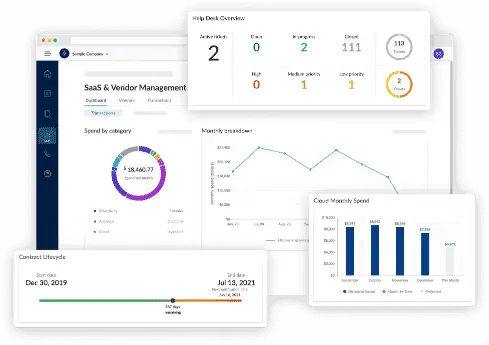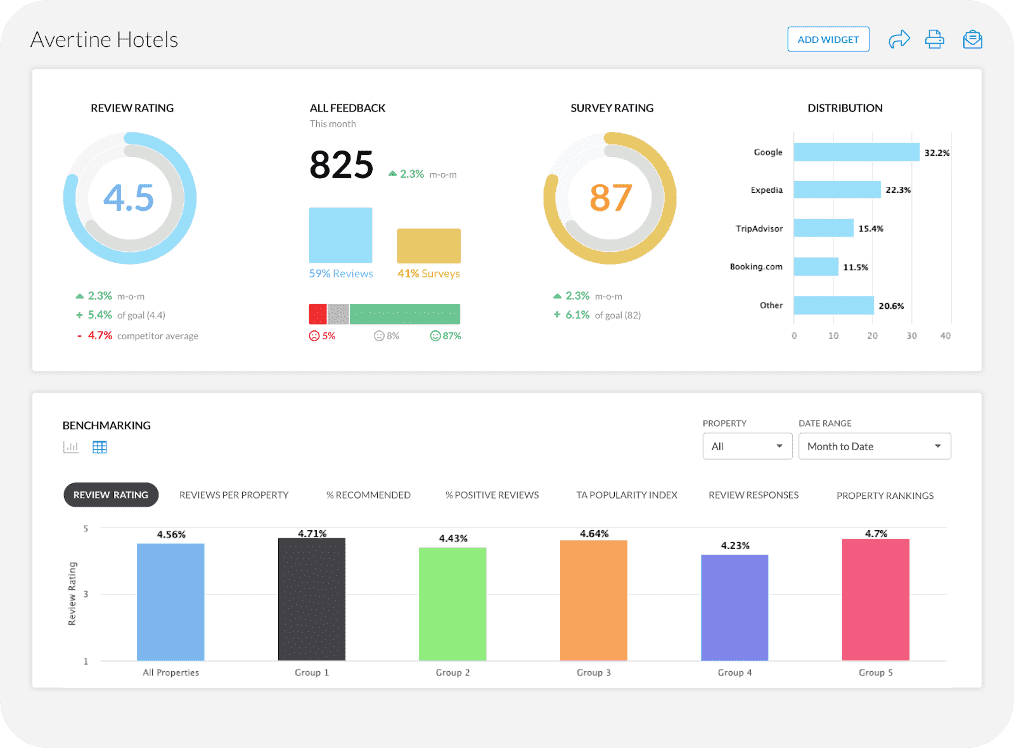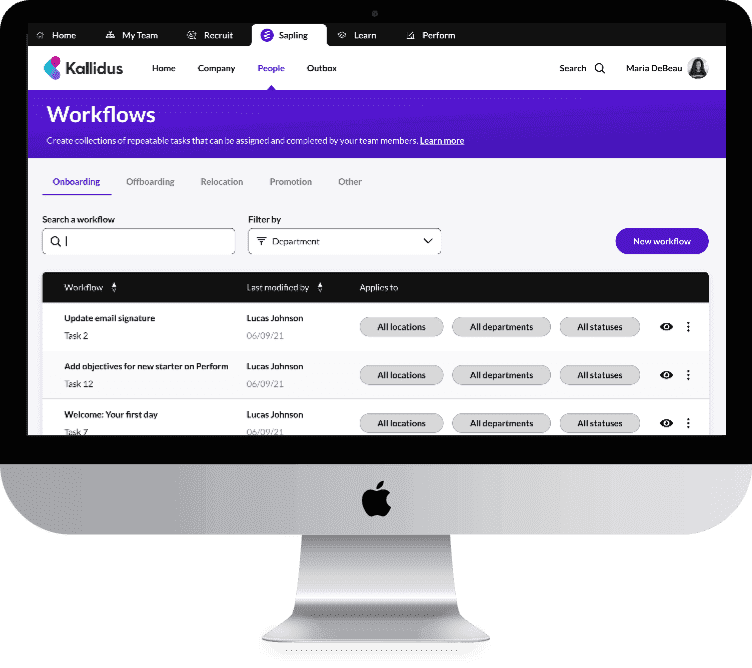Analytics Insight reports that 80% of companies will adopt intelligent automation by the end of this year. This shows that, even still, AI is dominating discussions across industries. But two important concepts—intelligence and automation—become entangled in the discussion. Moreover, these concepts are not interchangeable even if they are fundamental to AI.
When machines carry out preset duties without human assistance, this is referred to as automation. However, intelligence also brings learning and flexibility to the mix. They serve as the foundation for how AI affects sectors like customer service and healthcare.
In this guide, we’ll explore the distinction between automation and intelligence in AI. We will also address the challenges of defining AI’s role in both.
What is Automation in AI?
In artificial intelligence, automation refers to the process of utilizing hardware and software to perform tasks without human intervention, often with a focus on accuracy. It also aims to increase process efficiency by removing manual labor and guaranteeing reliable outcomes. AI automation surpasses traditional automation, which adheres to rigid guidelines, by integrating algorithms that can adjust and improve processes in real time.
Moreover, automation is about execution. Furthermore, rather than thinking or learning, it employs predetermined principles to complete tasks perfectly. Automation is often the first step taken by businesses deploying AI technology since it frees staff from tedious activities and allows them to focus on higher value work.
Features of Automation in AI
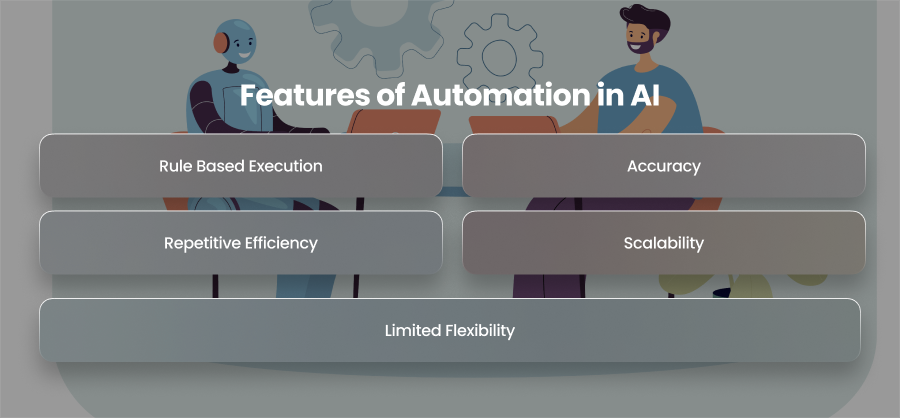
Rule Based Execution
Automation operates by adhering to predetermined guidelines. For instance, an automated system can provide a consumer with an email confirmation as soon as they submit a form online.
Accuracy
Automated systems are not distracted or weary. They consistently complete the same work without making mistakes, guaranteeing dependability in crucial activities like manufacturing or financial transactions.
Repetitive Efficiency
When a task needs to be performed hundreds or thousands of times with the same level of accuracy, automation works best in repetitive contexts.
Scalability
After it is put into place, automation is simply scalable. It would be hard for people to manage thousands of transactions or tasks at once using a single automated procedure.
Limited Flexibility
Automation doesn’t adapt well to change. If the process rules are altered or unexpected scenarios arise, the system requires reprogramming or manual intervention.
Types of Automation in AI
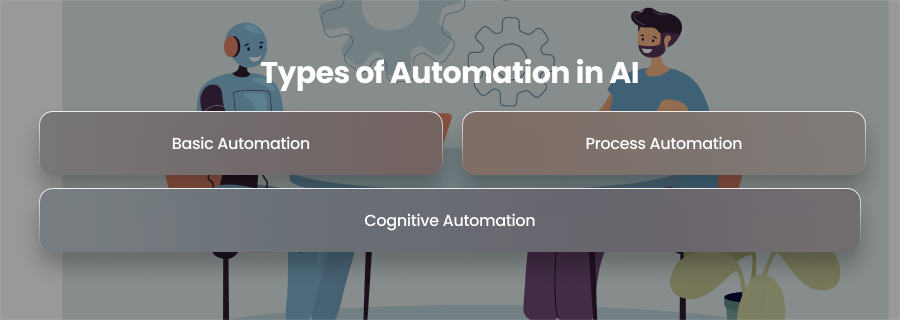
Basic Automation
Simple, repetitive chores like sending emails or creating bills are handled by this kind of automation.
Process Automation
This manages end to end workflows, like onboarding employees or managing supply chains.
Cognitive Automation
In order to simulate decision making, such as categorizing customer service tickets according to purpose, this kind of automation combines AI and machine learning.
What is Intelligence in AI?
Artificial intelligence aims to replicate human like cognitive capacities. This includes learning and reasoning, whereas automation concentrates on carrying out preset tasks. Intelligent AI systems evaluate facts and modify their behavior depending on context and prior experiences rather than mindlessly obeying commands.
This capability moves AI beyond being a rule follower to being a problem solver. In other words, intelligence in AI enables machines to understand and adapt to qualities traditionally associated only with human thought.
Features of Intelligence in AI
Learning from Data

AI systems have the capacity to process enormous volumes of data. This may ultimately result in an increase in their functionality. For instance, Netflix’s recommendation algorithms get better as they learn about your interests.
Context Awareness
Intelligent AI considers the surrounding environment or circumstances when making decisions. A voice assistant, for instance, can understand your preferences in music on Spotify.
Decision Making Under Uncertainty
Unlike automation, which needs clear rules, intelligent AI can operate in ambiguous conditions. For example, self driving cars, make real time decisions based on unpredictable factors such as pedestrian movement and road conditions.
Adaptability
Intelligent AI adjusts to new situations without reprogramming. In cybersecurity, for example, AI models can learn to detect new types of malware that weren’t known when they were originally trained.
Problem Solving Abilities
AI can not only complete jobs but also come up with original solutions thanks to its intelligence. AI in healthcare has the ability to examine medical information and provide novel treatment strategies that physicians might not have thought of.
Types of Intelligence in AI
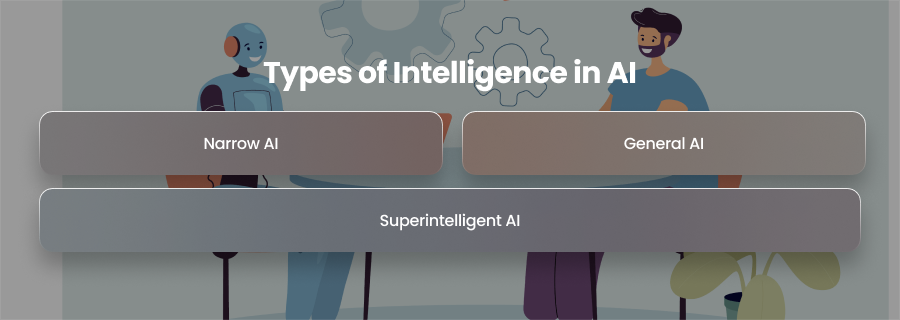
Narrow AI
This is made to do a certain activity, like picture recognition or language translation, particularly effectively. This includes the majority of AI systems in use today.
General AI
This is a theoretical level of AI that could replicate human like intelligence across multiple domains, including reasoning and creativity.
Superintelligent AI
A speculative concept where AI surpasses human intelligence, including ethical reasoning and creativity.
Differences in Automation and Intelligence
| Aspect | Automation | Intelligence |
| Approach | Rule-based execution | Data-driven learning and reasoning |
| Adaptability | Static | Dynamic |
| Task Type | Repetitive and predictable | Complex and variable |
| Goal | Efficiency and speed | Insight and decision-making |
| Human Role | Minimizes human involvement | Enhances human capabilities and decisions |
| Examples | ATMs and assembly robots | Fraud detection and virtual assistants |
Use Cases of Automation and Intelligence in AI
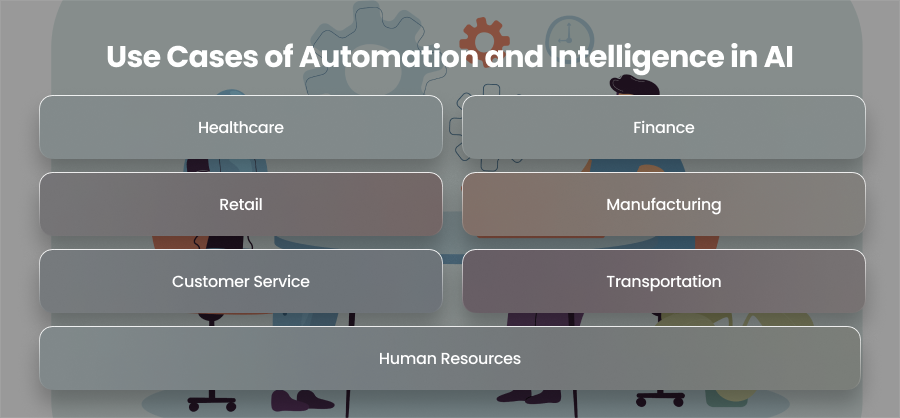
Healthcare
One of the industries that has benefited the most from AI is healthcare. Operational duties like making appointments and managing insurance claims are made simpler by automation. In order to efficiently handle patient data and save staff members a significant amount of time, hospitals also use automated technology. However, advances in diagnosis and therapy are being made by AI.
These days, machine learning algorithms help clinicians by accurately identifying illnesses and tumors from medical imaging. Predictive analytics further help identify high risk patients, while personalized treatment recommendations are designed using genetic data and medical history.
Finance
The financial sector is a perfect fit for AI applications as it depends heavily on accuracy and speed. Additionally, automation in this context focuses on routine procedures like regulatory compliance checks and transaction approvals. It reduces operating expenses while guaranteeing precision and effectiveness.
Additionally, intelligence adds another layer by providing adaptable solutions, such as fraud detection systems that can quickly identify strange patterns. Additionally, AI powered risk management algorithms forecast market movements and loan defaults, helping financial institutions keep ahead of crises.
Retail
AI is being used by retailers more and more to improve operational efficiency. Automation improves the efficiency of backend operations like inventory control. This guarantees that shelves stay supplied and that clients have the fewest possible waits.
Customer engagement, on the other hand, is driven by intelligence. While dynamic pricing models modify prices in real time based on competition and demand, recommendation engines provide product recommendations based on browsing history. Sentiment analysis of customer reviews also helps refine their offerings. In eCommerce, automation provides efficiency in logistics, and intelligence ensures that shopping experiences feel uniquely tailored.
Manufacturing
In manufacturing, automation and intelligence represent the backbone of the industry. Automated robotic arms assemble and package goods at scale, ensuring consistent productivity. Machines also carry out routine quality checks based on pre defined standards. However, intelligence improves operations by enabling predictive maintenance. This foresees equipment breakdowns before they occur.
While optimization algorithms adjust manufacturing schedules to avoid downtime, AI powered computer vision detects minute defects in products that people would miss.
Customer Service
Customer service is one of the most viable areas where end users encounter AI. Automaton here includes rule based chatbots and automated ticket assignment. These features help companies manage high volumes of interaction without overburdening the team. Intelligence brings in NLP to understand context and sentiment during customer interactions. Virtual assistants adapt responses over time, providing more accurate and personalized support. AI can even identify customer frustration, prioritizing urgent cases for human agents.
Transportation
Efficiency is crucial for the transportation and logistics sectors, and artificial intelligence provides the automation and intelligence needed to do this. Automation covers barcode scanning and warehouse management. Also, delivery trucks use automated route optimization to reduce travel time and costs. Meanwhile, intelligence enables adaptive decision making. For instance, autonomous cars use traffic and road conditions to make judgments on how to drive in real time. In order to prevent delays, predictive logistics technologies estimate demand and redirect shipments.
Human Resources
Even human resource management is being transformed by AI. Administrative tasks including payroll processing and employee onboarding procedures are handled by automation. Additionally, this lessens the physical labor and paperwork that HR specialists frequently have to deal with. Intelligence enhances strategic functions like recruitment and employee engagement. AI tools no scan thousands of resumes to shortlist the best candidates, while sentiment analysis tools gauge employee satisfaction through surveys and feedbacks.
Challenges in Defining AI’s Role in Automation and Intelligence
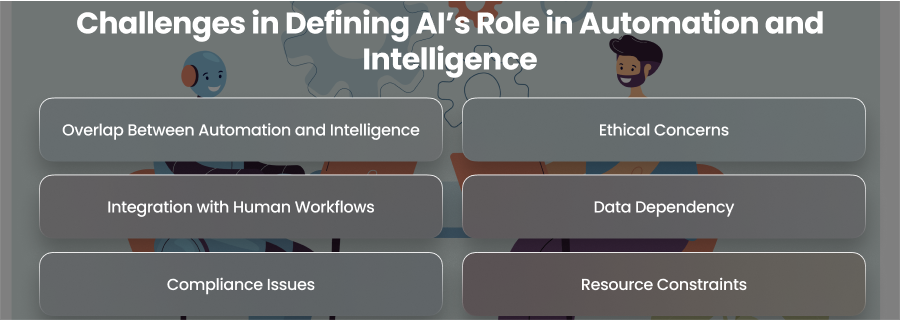
Overlap Between Automation and Intelligence
The intersection of intelligence and automation is one of the main obstacles. Since certain AI systems carry out seemingly automated operations that may change in response to fresh inputs, classifying them can be challenging. For instance, a chatbot that executes pre written scripts is obviously automated, but it gains intelligence if it also gains knowledge from past exchanges and refines its replies.
Ethical Concerns
Another challenge is in ethics and accountability. With automation, accountabilit is often straightforward, errors can be traced back to human programmers or system designers. With intelligence, however, the decision making process becomes less transparent. For example, it is more difficult to assign blame when an intelligent system incorrectly diagnoses a patient or rejects a loan application. The adoption of AI is made more difficult by the ethical and legal concerns this ambiguity brings up.
Integration with Human Workflows
Organizations also struggle to determine where to draw the line between automation and intelligence. In many cases, AI is designed to support human workers, and not replace them. However, finding the balance is complex. In customer service, automated systems can handle basic queries, while intelligent systems manage more complex ones. But humans are still needed for more nuanced interactions.
Data Dependency
Intelligent AI systems are heavily dependent on high quality data to function. While intelligence needs large, objective datasets, automation may depend on predetermined rules regardless of data quality. However, bad hirings are usually the consequence of biases or errors in the data. For example, a recruiting AI educated on historical distorted hiring data may unintentionally favor certain demographics. Because of this, it is difficult to verify if the AI is truly intelligent or just generating skewed results in large quantities.
Compliance Issues
Governments and regulatory bodies also face challenges in defining AI’s role. Moreover, rules for automation are clearer since they relate to processes and outcomes. However, intelligent systems raise new concern about accountability and transparency. Laws like the EU’s AI Act also attempt to address this by categorizing AI risk categories, however many countries are still falling behind. Without broadly accepted legislative frameworks, it is difficult for companies to properly define their AI goals.
Resource Constraints
While intelligence necessitates a substantial investment in infrastructure and data, automation is frequently less expensive to deploy and offers instant productivity improvements. When automation already offers observable advantages, businesses may find it difficult to defend the increased expenses of AI intelligence.
Final Words
AI has a complicated and complementary function in intelligence and automation. Efficiency is provided by automation, and flexibility and decision-making abilities are provided by intelligence. Collectively, they transform human experiences and industries. Adoption and clarity concerns need to be fixed if AI is to be used effectively for long term development and innovation.

